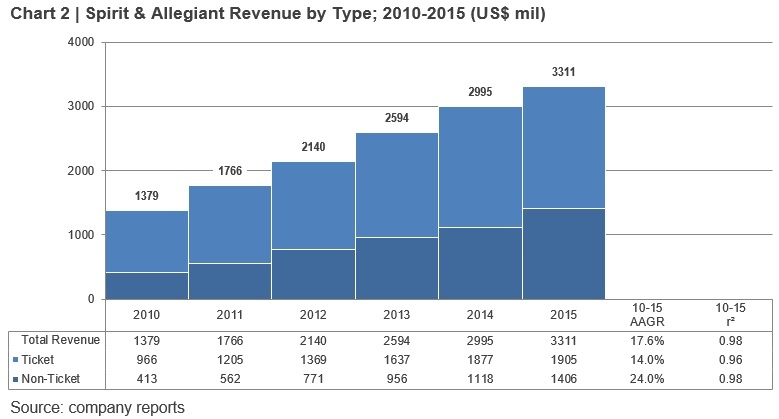Consumer oxygen is used by football players and movie stars. Professional athletes generally use supplemental recreational oxygen to help recover from stress in the body due to exertion.
The oxygen seems to help recovery, give more stamina, and provide an energy boost when needed. You see football players use it on the bench in between stints on the field.











